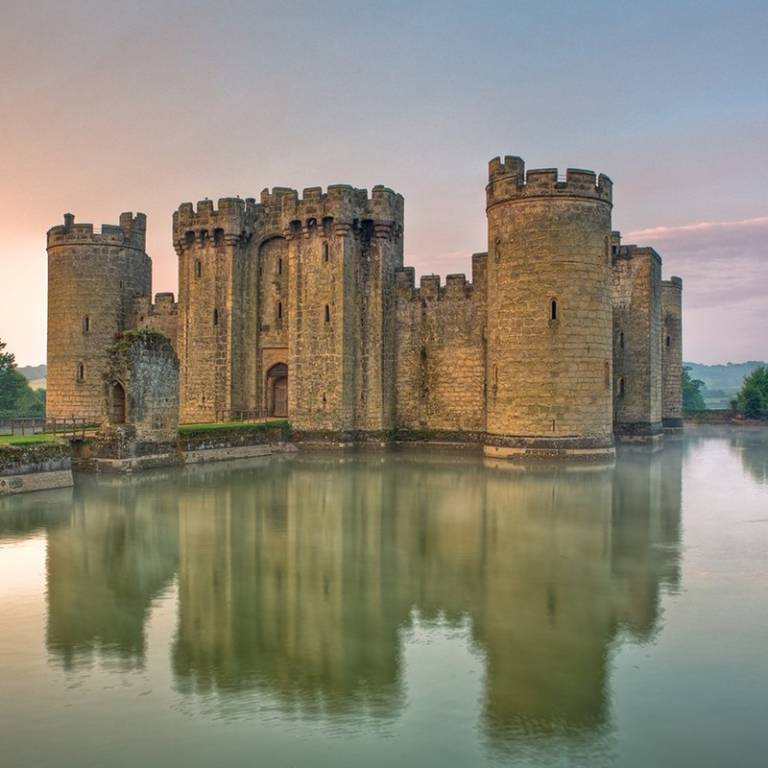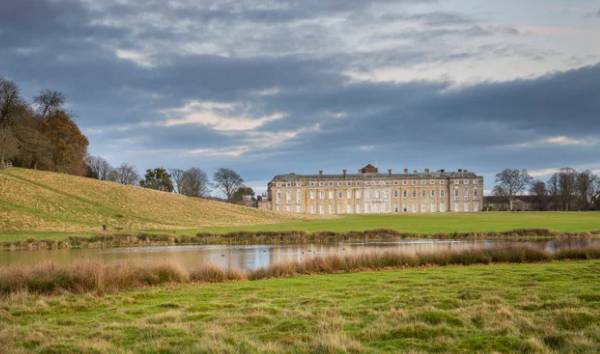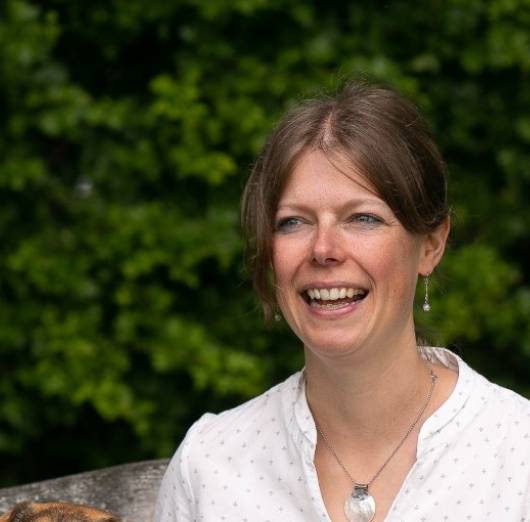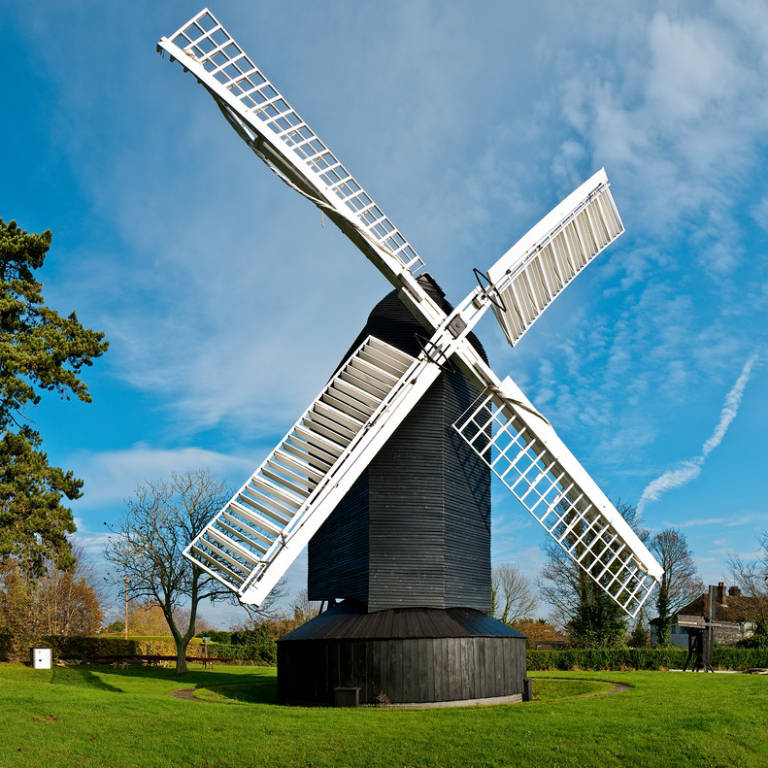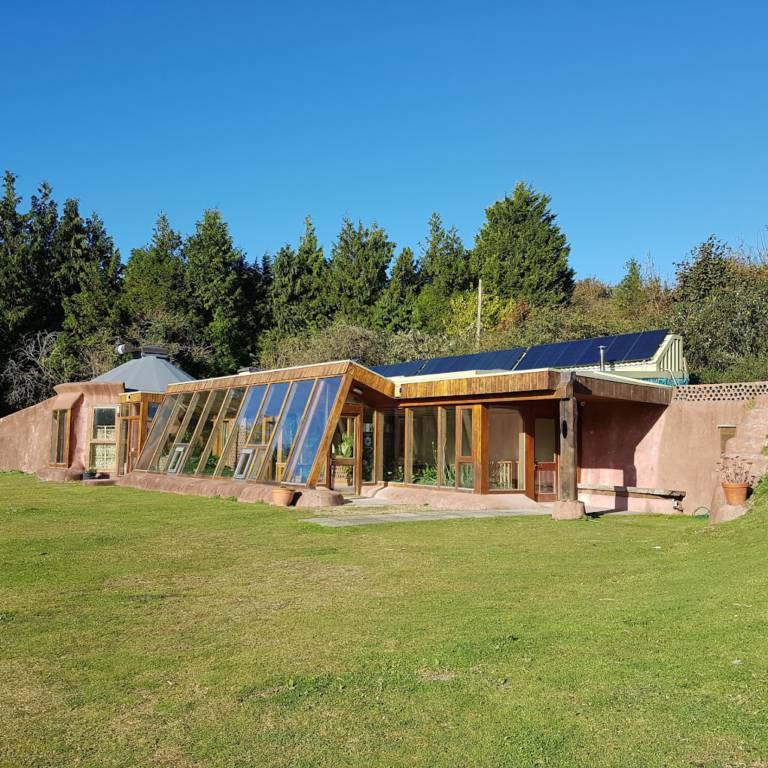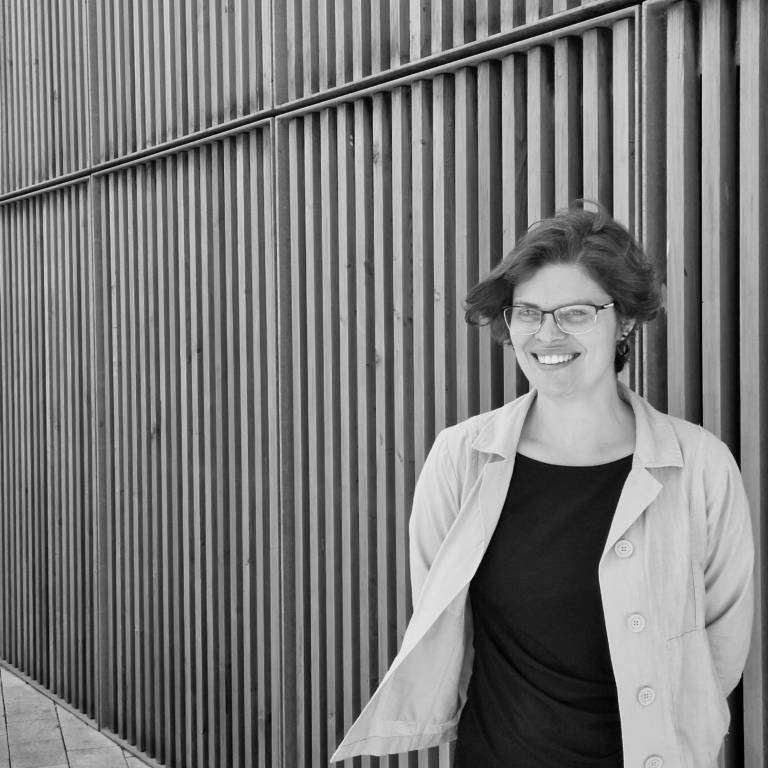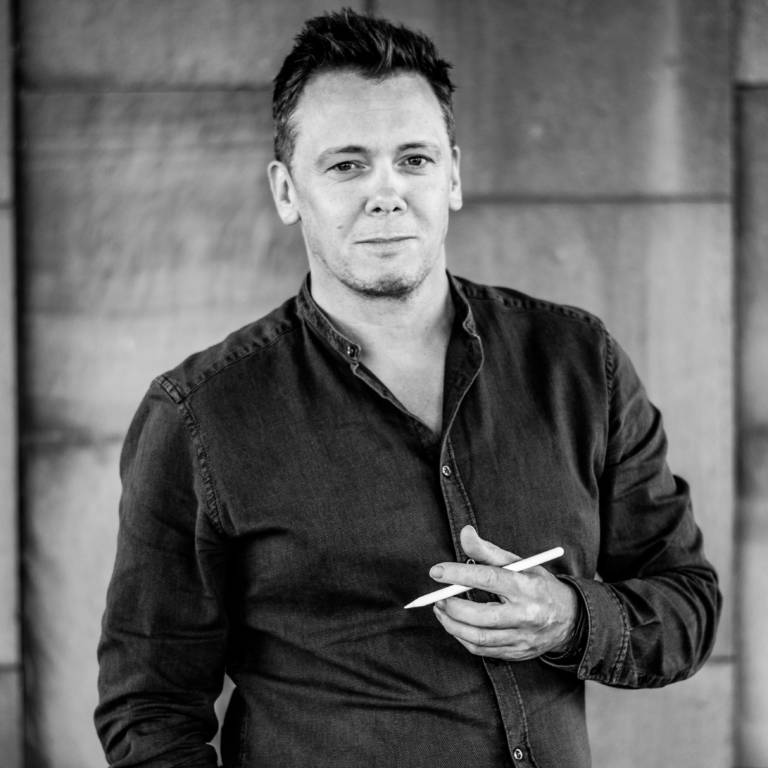ARCHIVE:
Sarah Mayfield
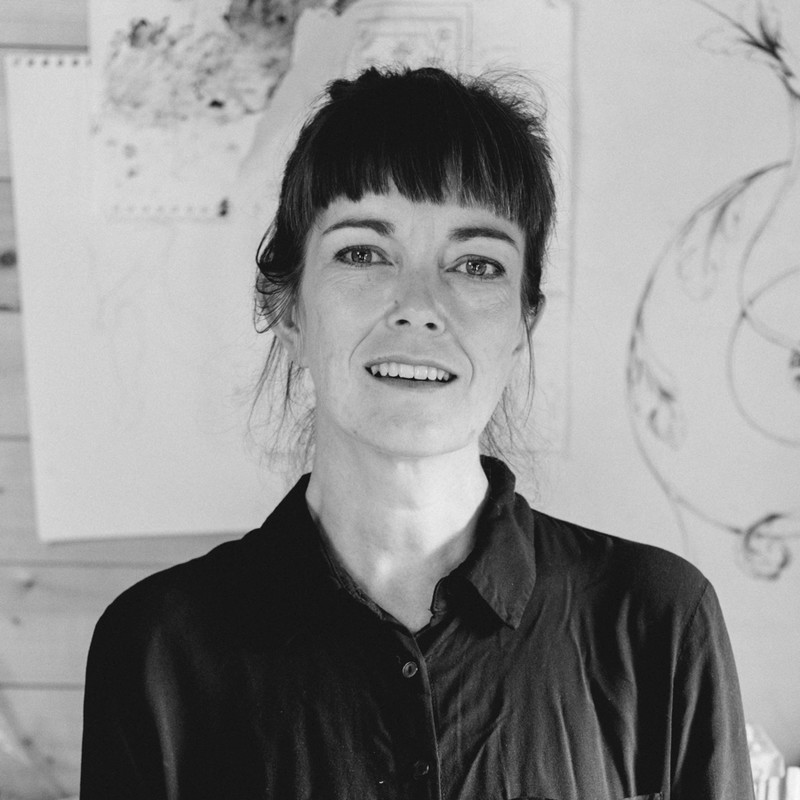
Sarah is the Senior National Conservator for Stone and Plaster at the National Trust.
Coming from a practical background as a sculptor she grew her work and understanding in building conservation and ornamental plasterwork learning skills on site then consolidating these in a Msc in Building conservation. Prior to Joining the National Trust Sarah had been a Director of a Brighton based heritage building company and later her own consultancy practice working with clients such as the Brighton Dome, London Underground, country houses, cathedrals and London institutions and driving engineering research into material surveying.
Her role at the National Trust has a large research remit and has continued a collaboration with Engineers at Brighton and Oxford Universities devising remote diagnostic techniques for historic plasterwork that was seeded at PlusX as part of their BRITE innovation programme.
She has been working with the Finishes and Interiors Sector and Historic England publishing articles and advice on historic plasterwork and conservation guidance.
The calm after the festival leads us head on into the frenetic Brighton summer with the heat is rising fast. As the crowds press together towards the sea many of us locals seek our own retreats and interests away from the throng. Scratch the surface of the everyday Brighton and Sussex and we discover layers of different stories, people and built heritage that have taken up the same space as us. Underground may just be the best place to beat the heat, Basement tours of the Pavilion reveal the once cutting edge building technologies and the passages the Prince Regent used to avoid the judging eyes of the Hoi Polloi. Tours of the Earthship in Stanmer park are also available until the first week of July.
Continuing underground July hosts the Festival of Archaeology at Bodiam Castle where the National Trust is celebrating 100 years with a new dig underway by UCL and Portslade based Archaeology Southeast, also enjoy tours of the castle after dark. Alternatively, you could head to the heights of High Salvington Windmill for tours of the working mill on a selection of dates listed in the diary.
Anyone who has met me knows that I always relish the chance to wax lyrical about our Sussex vernacular. Like a dog with a biscuit balanced on my nose, you just need to show the slightest bit of interest when I launch with, “seeing as you ask…”. For anyone that needs a little context of how relevant understanding our built heritage is today, beyond the enriching cultural interest, vernacular buildings are the epitome of designing buildings determined by local resources and building and living in a zero waste circular economy. South of the downs we don’t have stone and even the clay bricks were a luxury as they had to be transported by cart or river from north of the hills so all we have is flint, and lime from the chalk – downs – lots of lime. So, we shutter and fill our walls with it (bungarouche) we harl and render with it (the stone simulating ‘Roman’ cement of our Regency buildings). Bricks and timber were generally reserved for the structural elements. Abundant animal hair bound the plasters and the other wastes bound the mud mortars. For more about the vernacular, the meshwork webinar on creating low energy homes using vernacular buildings as a guide should be really interesting.
The National Trust looks after nature and heritage for the nation and is woven into the fabric of Sussex from Bodiam in the east, the quintessential castle we’ve all drawn as children – a square plan with moat, round turrets and obligatory portcullis. Alfriston Clergy House was the first building bought by the National Trust for £10. At neighbouring Monks House, a good stone’s throw from Brighton, you can experience “A room of one’s own” the retreat of Virginia Wolf. Ditchling Beacon, Devils Dyke, Sadlescoombe Farm and the fort and flint mines of Chanctonbury Ring, all cared for by the National Trust, wrap around Brighton. To the west Petworth House houses world class art of Turner Paintings, Greek and Roman marble sculptures, a saloon covered in the work of Britain’s most acclaimed wood carver, Grinling Gibbons and within the sprawling deerpark, a Real Tennis court – one of only 4 in the country and recently restored. If you take time with a scone and tea at one of our many sites you can ease the workaholic conscience by knowing it really is CPD.
Happy summer.

